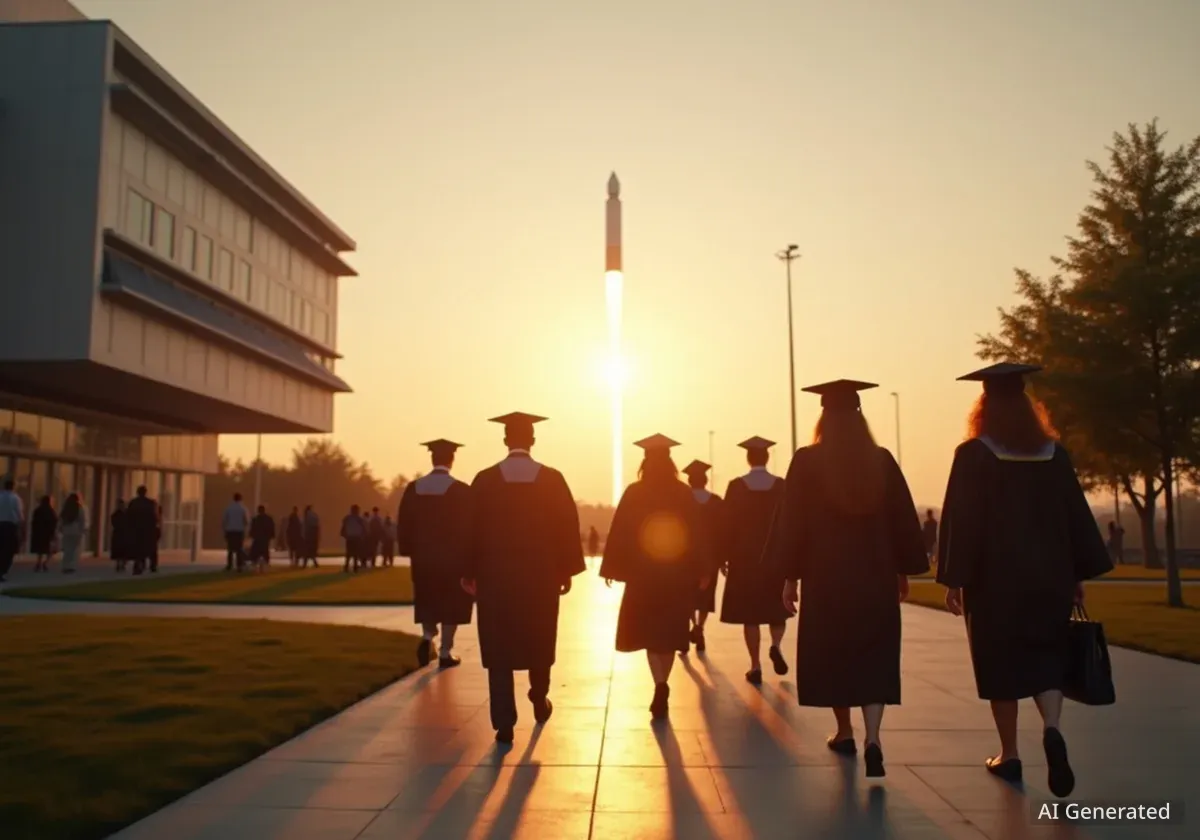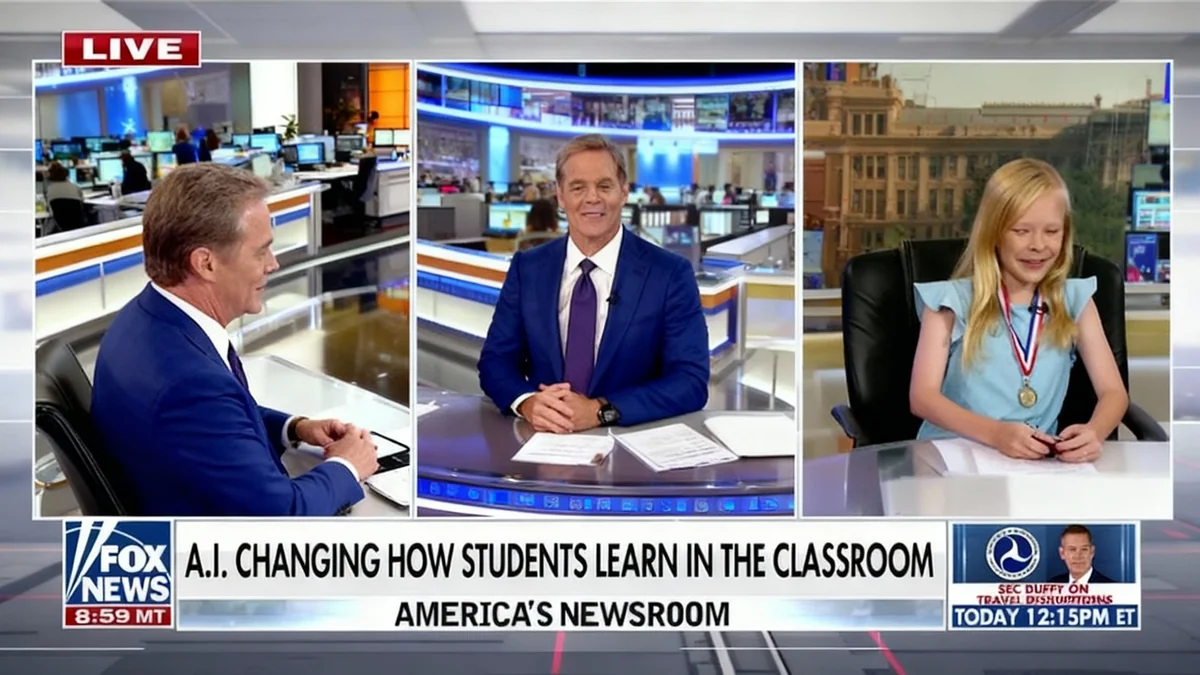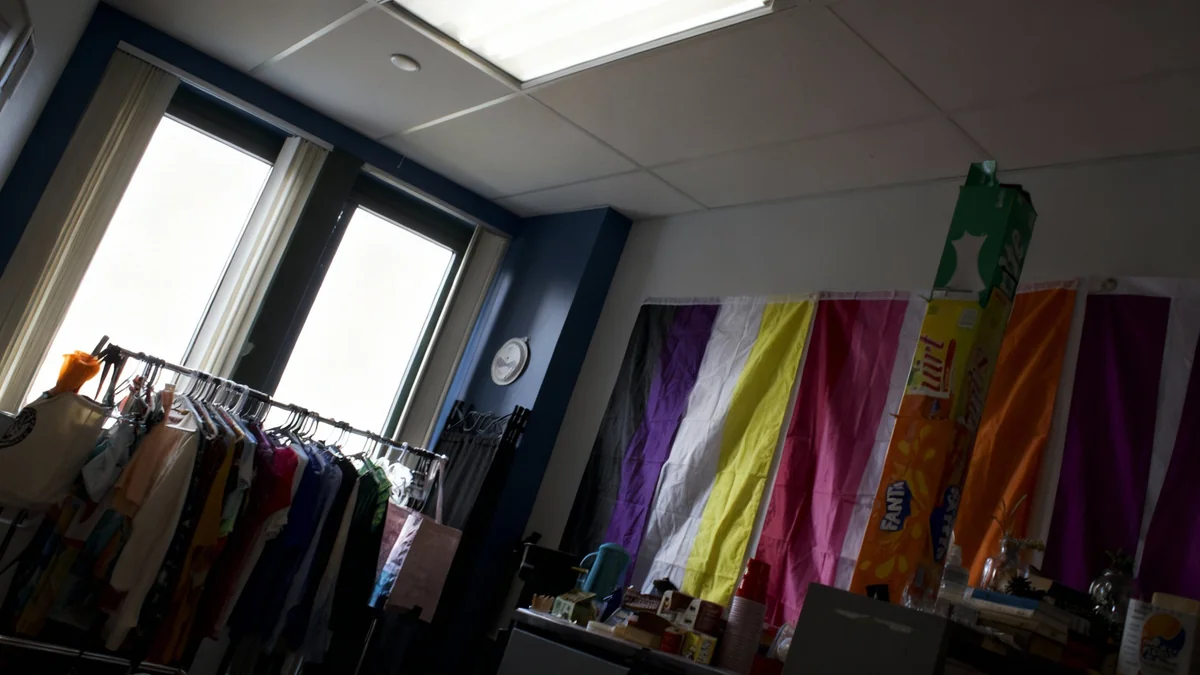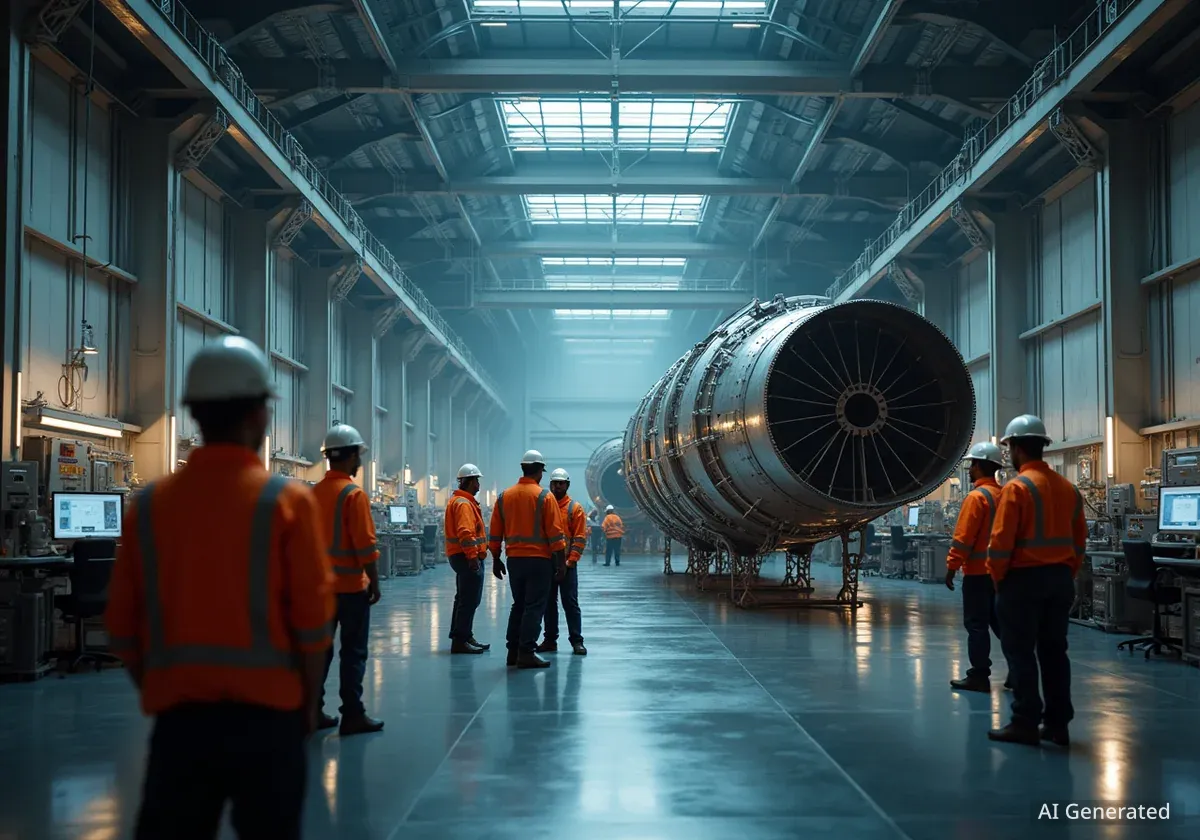The University of Southern California (USC) is reinforcing its position as a critical training ground for the nation's space workforce, driven by a booming aerospace economy in Southern California. The recent selection of USC alumna Katherine Spies for NASA's upcoming astronaut class highlights the university's long-standing connection to space exploration, a legacy that includes more than a dozen NASA astronauts.
Through its specialized engineering programs and direct industry partnerships, USC is preparing a new generation of scientists and engineers to support both government missions and the rapidly expanding private space sector.
Key Takeaways
- The University of Southern California has produced more than 12 NASA astronauts, establishing a significant legacy in human spaceflight.
- SoCal native and USC graduate Katherine Spies was recently named to NASA's newest astronaut class.
- USC's Viterbi School of Engineering provides students with practical experience through faculty like former astronaut Garrett Reisman.
- The university's Space Engineering Research Center directly collaborates with aerospace companies, contributing to the regional "space beach" economy.
A Legacy of Astronauts Inspires a New Generation
Southern California's deep roots in the aerospace industry are mirrored at the University of Southern California, which has a consistent history of producing top-tier talent for the space program. With the selection of Katherine Spies to NASA's latest astronaut cohort, she becomes the most recent in a line of over 12 USC graduates to earn the title of astronaut.
This legacy serves as a powerful motivator for current students. According to Garrett Reisman, a professor at USC's Viterbi School of Engineering and a former NASA astronaut, seeing alumni achieve such goals has a direct impact.
"When our students see somebody, that’s one of them strapping in and flying off into space, it’s a real motivator," Reisman stated. He emphasizes, however, that there is no single path to becoming an astronaut, adding, "There’s no single mold for success."
The growing interest in aerospace careers among students is closely tied to the economic expansion of the space sector throughout Southern California.
Inside the Classroom: From Theory to Practical Application
At the heart of USC's contribution to the space industry is its Viterbi School of Engineering. The curriculum is designed to bridge the gap between academic theory and real-world application, a process enhanced by faculty with firsthand experience in space.
Professor Reisman, who has traveled to the International Space Station (ISS) twice, integrates his personal experiences into his lectures. His teaching combines complex subjects like orbital mechanics with practical insights gained from living and working in space. This approach provides students with a unique perspective on the challenges and realities of space missions.
From Campus to the Cosmos
USC's connection to space is not just through its alumni. The university's Space Engineering Research Center has facilitated student-designed experiments that have been successfully flown and tested aboard the International Space Station.
This hands-on approach is a core part of the university's strategy. By providing students with opportunities to work on tangible projects, the school ensures they are better prepared for the demands of the aerospace industry upon graduation.
Powering the 'Space Beach' Economy
Southern California has become a global hub for the space industry, often referred to as "space beach." The region is home to established aerospace giants like SpaceX, Boeing, and Lockheed Martin, as well as a growing number of innovative startups. These smaller companies are developing new technologies for lunar exploration, deep-space missions, and satellite systems.
USC plays an active role in this ecosystem through its Space Engineering Research Center (SERC). Dave Barnhart, the center's director, explained that companies now proactively seek out collaborations with the university to leverage its research capabilities and student talent.
"If we can give students hands-on experience now, they don’t have to learn everything on the job," Barnhart said, highlighting the center's mission to produce industry-ready graduates.
This symbiotic relationship benefits both sides. Students gain invaluable experience working on cutting-edge projects, and companies gain access to fresh ideas and a pipeline of skilled engineers. Several student projects initiated at SERC have even evolved into independent startups that now hold contracts with NASA.
The Artemis Generation
The renewed national focus on lunar exploration through NASA's Artemis program is a major driver of growth in the space sector. These missions, which aim to establish a sustainable human presence on the Moon, require a highly skilled workforce of engineers, scientists, and technicians. Universities like USC are essential for training the personnel needed to achieve these ambitious goals.
Meeting the Demand for Future Space Leaders
As NASA's Artemis missions progress and the commercial space industry continues its rapid expansion, the demand for qualified engineers and space scientists is projected to increase significantly. USC's blend of rigorous academic training and strong industry partnerships positions it to meet this growing need.
The university's focus on practical, hands-on learning ensures that its graduates possess the skills required to contribute immediately to complex aerospace projects. This educational model is crucial for maintaining the region's leadership in the global space race.
For students aspiring to follow in the footsteps of alumni like Katherine Spies, the path requires dedication and a strong technical foundation. And, according to Professor Reisman, a bit of good strategy can also help. His final piece of advice for aspiring astronauts is simple and memorable: "Bring cookies to the interview."





